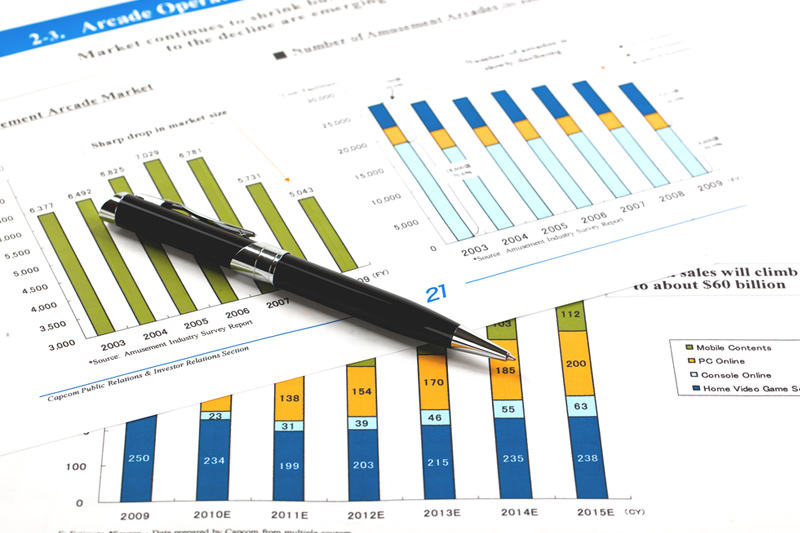South Asia’s growth rate is expected to slow down in the coming years, despite currently outperforming other developing regions globally, according to the World Bank’s twice-a-year regional outlook released today. The region is predicted to grow by 5.8% this year but will likely decelerate to 5.6% in 2024 and 2025 due to fading post-pandemic rebounds and a mix of monetary tightening, fiscal consolidation, and reduced global demand.
India, which forms the majority of the region’s economy, is projected to maintain robust growth at 6.3% in FY23/24. Other countries in the region such as Maldives and Nepal are also expected to see growth due to a strong rebound in tourism, with projections at 6.5% and 3.9% respectively for FY23/24. However, several countries are still grappling with recent currency crises. Bangladesh’s growth will likely slow down to 5.6% in FY23/24, while Pakistan is forecasted to grow at a mere 1.7%, below its population growth rate.
“Most countries in the region are not growing fast enough to reach high-income thresholds within a generation,” said Martin Raiser, World Bank Vice President for South Asia. He emphasized the urgent need for countries to manage fiscal risks and focus on accelerating growth by boosting private sector investment and leveraging opportunities created by the global energy transition.
The report also highlighted the challenges posed by fragile fiscal positions in South Asia. Government debt in these countries averaged 86% of GDP in 2022, increasing risks of defaults, higher borrowing costs, and diversion of credit from the private sector. Furthermore, the region could face potential impacts from further slowdowns in China’s economic growth and climate change-induced natural disasters.
Despite these challenges, South Asia could find opportunities in the global energy transition. The report suggests that this shift could lead to future growth and job creation if it encourages more firm investments, reduces air pollution, and lessens reliance on fuel imports. However, governments have limited fiscal room to fully capitalize on this transition.
“South Asia’s energy intensity of output is about twice the global average and the region lags in the adoption of more advanced energy-efficient technologies,” said Franziska Ohnsorge, World Bank Chief Economist for South Asia. She noted that improvements in energy efficiency could help South Asia progress toward environmental and economic goals.
The energy transition is also expected to significantly affect South Asia’s labor markets. Approximately one-tenth of the region’s workers are employed in pollution-intensive jobs, largely among lower-skilled and informal workers who are more vulnerable to labor market shifts. While the energy transition may create new jobs, it could also leave some workers stranded in declining industries. The report recommends policies such as providing better access to high-quality education and training, finance, and markets; facilitating worker mobility; and strengthening social safety nets to protect these workers.
This article was generated with the support of AI and reviewed by an editor. For more information see our T&C.
Read the full article here








